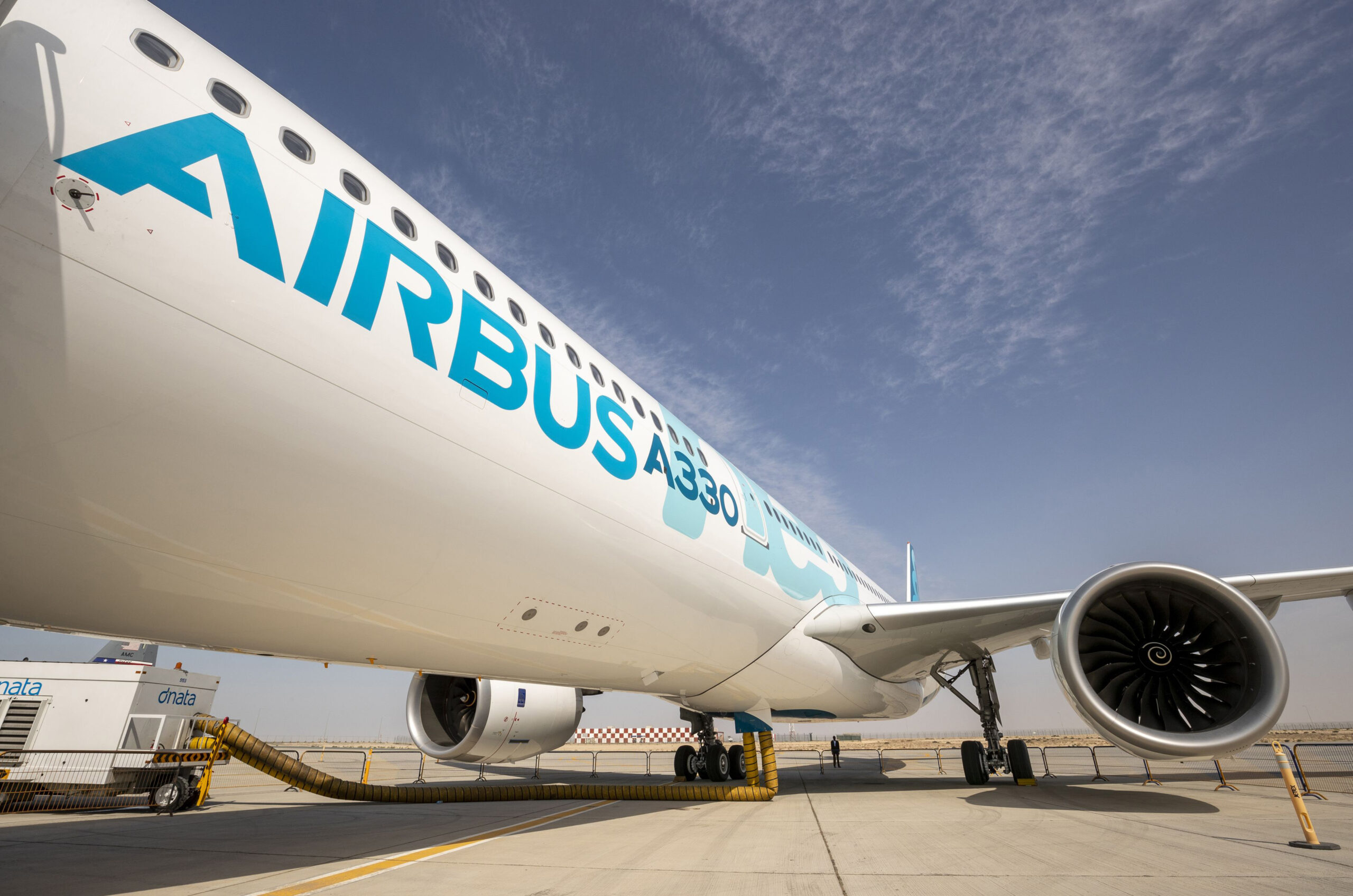What Stm and Airbus will do on semiconductors for electric aircraft

Stm and Airbus will collaborate in the development of new semiconductors for electric aircraft and "flying taxis". All the details of the Italian-French agreement
French-Italian semiconductor company STMicroelectronics (owned by the Ministry of Economy) and European aircraft manufacturer Airbus (based in France) signed a cooperation agreement on research and development of power electronics for aircraft this week hybrid-powered and electric aircraft for urban areas.
THE NEW STM SEMICONDUCTOR FOR AIRBUS
The two companies say they want to develop "more efficient and lighter" electronic devices. More specifically, the object of the collaboration are wide bandgap semiconductors such as silicon carbide (SiC) and gallium nitride (GaN) which have better electrical properties than conventional silicon semiconductors. Wide bandgap semiconductors therefore allow the development of high-performance electronic devices and systems that are smaller, lighter and more efficient, useful in those applications that require a lot of energy, a high frequency or high temperatures.
Airbus and STMicroelectronics will conduct SiC and GaN semiconductor tests on electric motor controllers, high and low voltage power converters, and wireless power transfer systems.
– Read also: Intel snubs Italy and Meloni favors STM and Technoprobe?
AIRBUS BETS ON “ELECTRIC AIR TAXI” LIKE STELLANTIS
According to Sabine Klauke, technical director of Airbus, the combination of "expertise and experience [of STMicroelectronics, ed ] in power electronics for automotive and industrial applications with our achievements in electrification of aircraft and VTOL will help us accelerate the development of the disruptive technologies needed".
VTOL, in technical jargon, is the acronym used to refer to vertical take-off and landing aircraft: they are, in essence, "air taxis", which it is thought will revolutionize urban mobility and mitigate the traffic problem, providing citizens the ability to move quickly – and vertically – to airports, stations or other places of interest. Automaker Stellantis recently announced a deepening of its partnership with Archer Aviation, a US company, on electric aircraft (eVTOL).
ELECTRIC, HYDROGEN AND SAF (IN CHINA)
According to Airbus, the decarbonisation of aviation requires “a series of disruptive solutions that combine new types of fuel and disruptive technologies”. One such solution is hybrid-electric propulsion, which the company says can make aircraft of all types energy-efficient and reduce their CO2 emissions by up to 5 percent (up to 10 percent for helicopters, plus lighter than fixed-wing aircraft).
“Future hybrid and all-electric aircraft will require megawatts of power to operate. This implies huge improvements in power electronics in terms of integration, performance, efficiency and component size and weight,” says Airbus. The company is also working on the development – it plans to introduce it to the market around 2035 – of a hydrogen aircraft, a zero-emission fuel that has not yet established itself on an industrial level.
Last April, during French President Emmanuel Macron's visit to China, Airbus signed a memorandum of understanding with the Chinese company CNAF on the production of sustainable aviation fuels: better known as SAF, they are aviation fuels that emit less amount of CO2 compared to traditional kerosene fuels, and which are therefore considered useful for the decarbonisation of air transport in the short to medium term.
This is a machine translation from Italian language of a post published on Start Magazine at the URL https://www.startmag.it/smartcity/stm-airbus-semiconduttori-aerei-elettrici/ on Thu, 22 Jun 2023 10:23:44 +0000.
